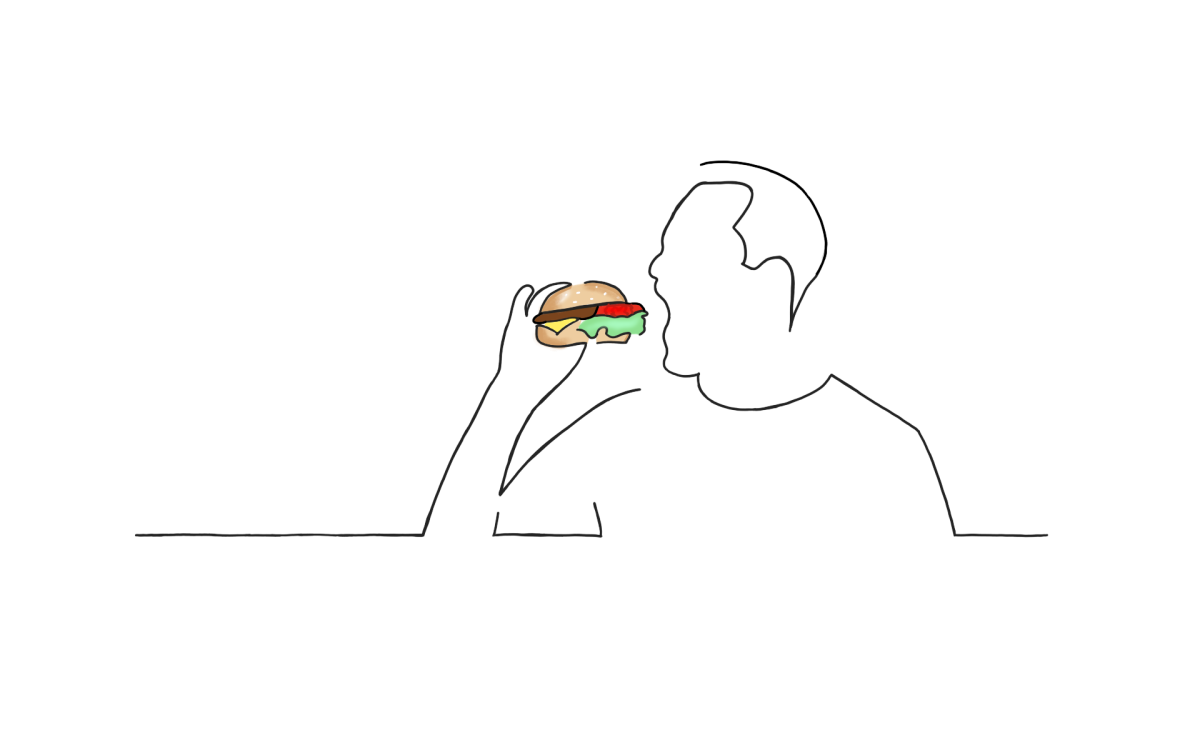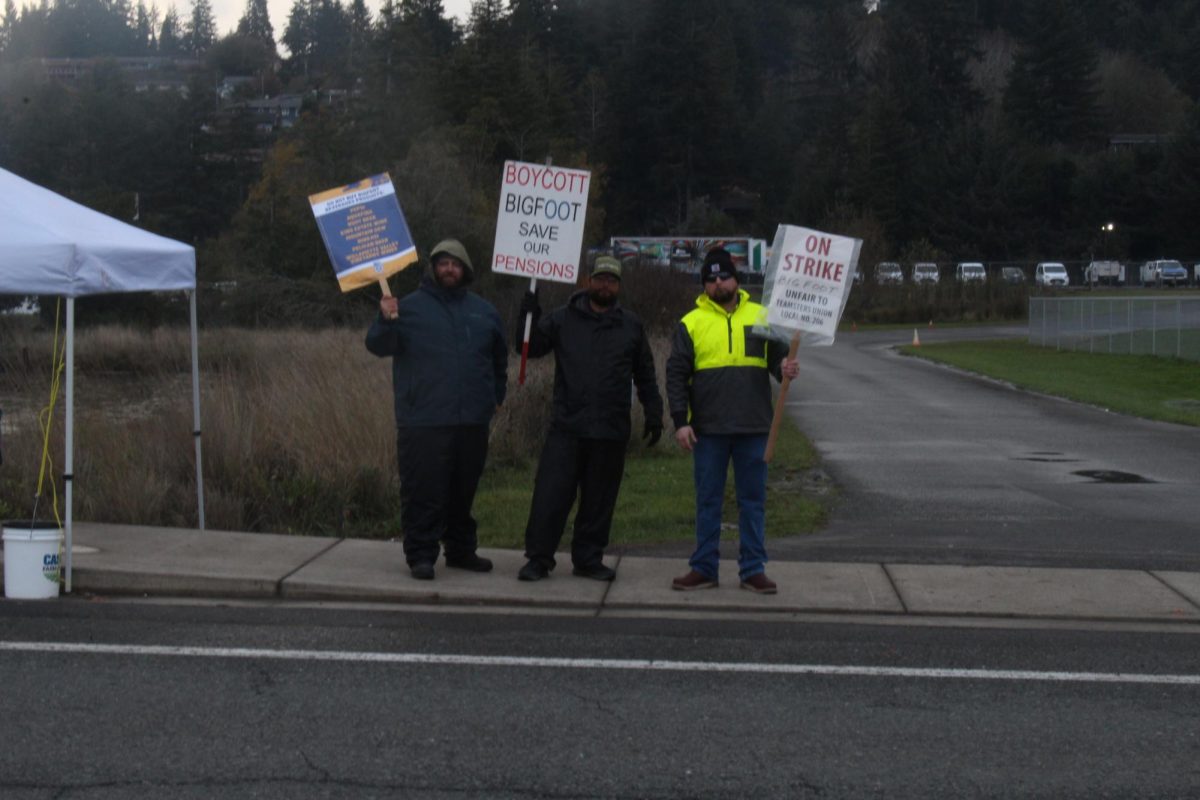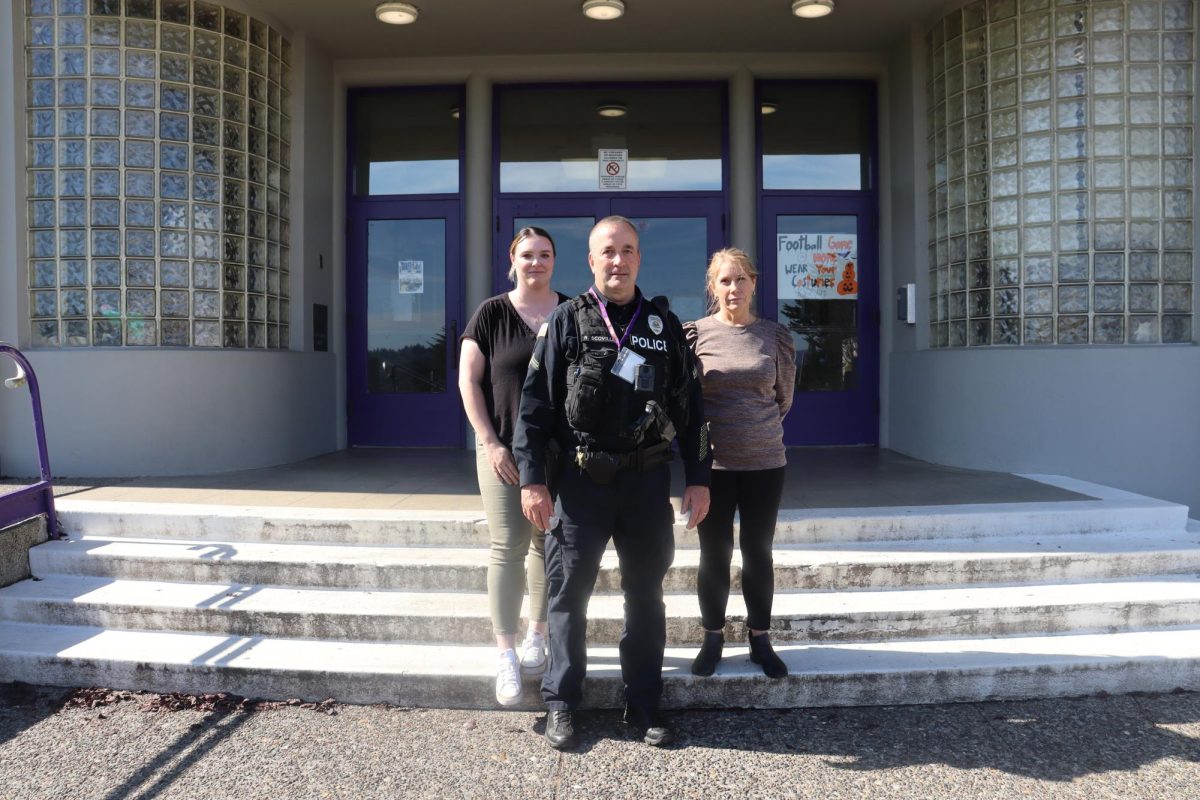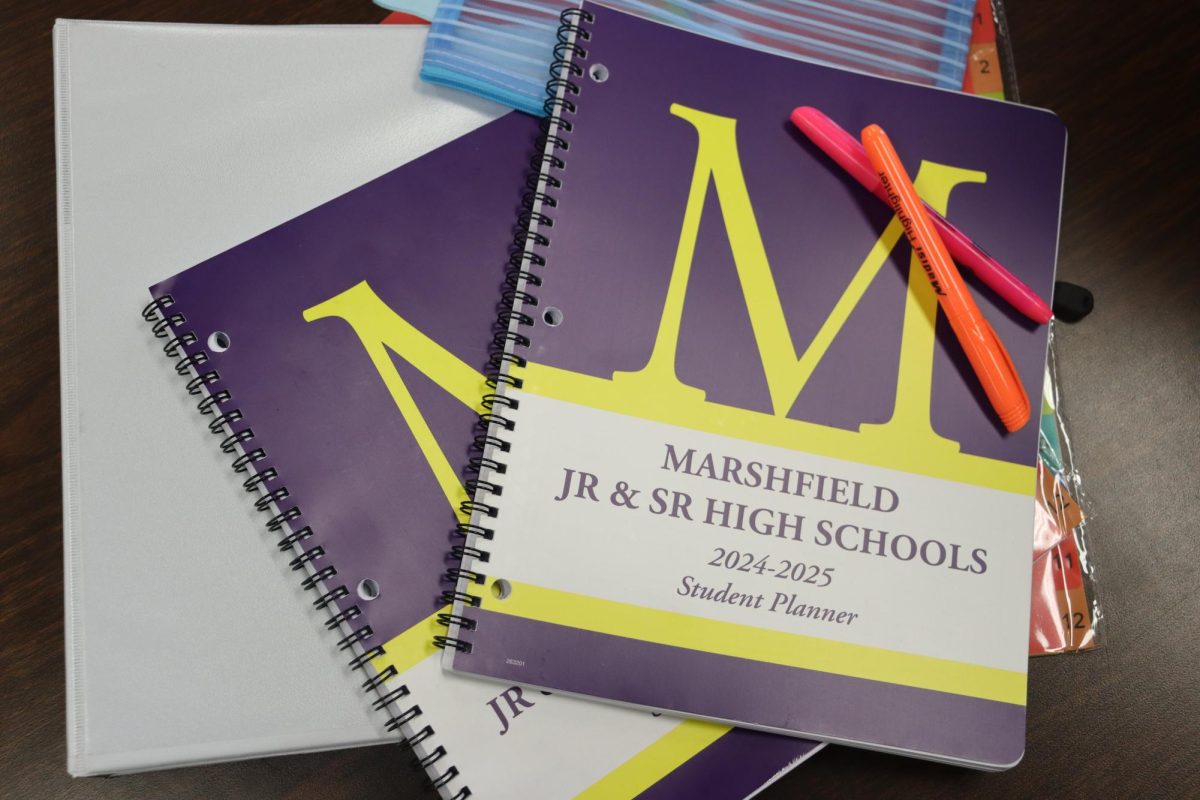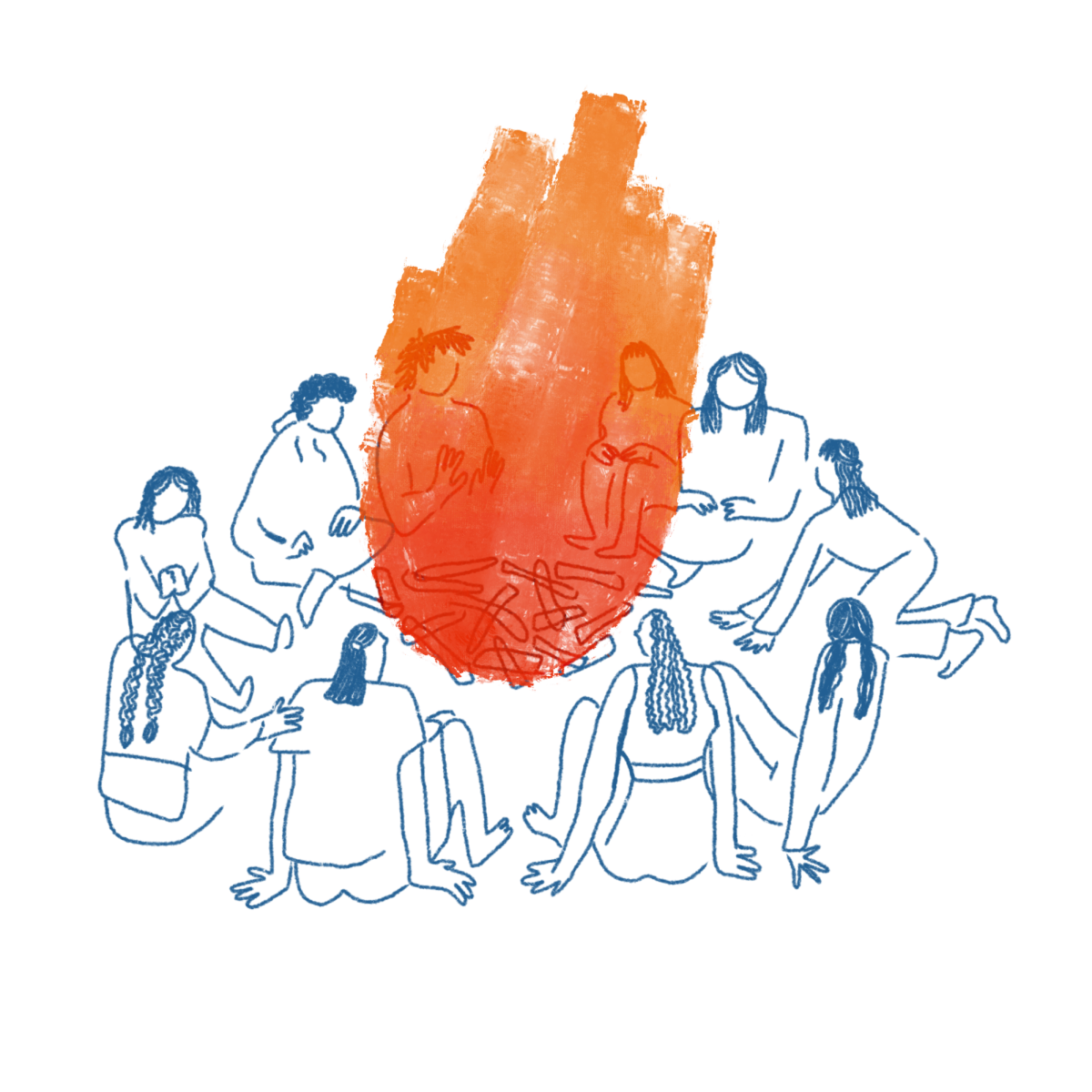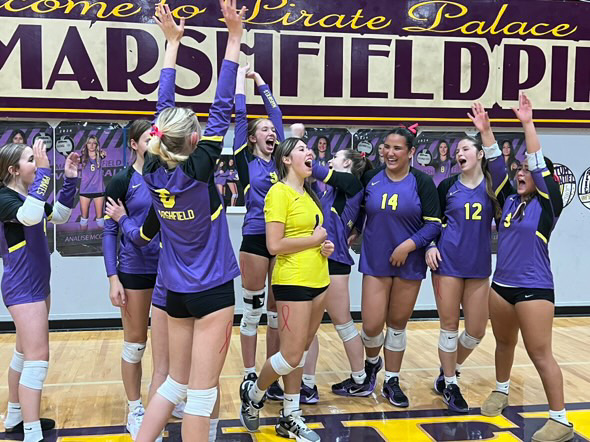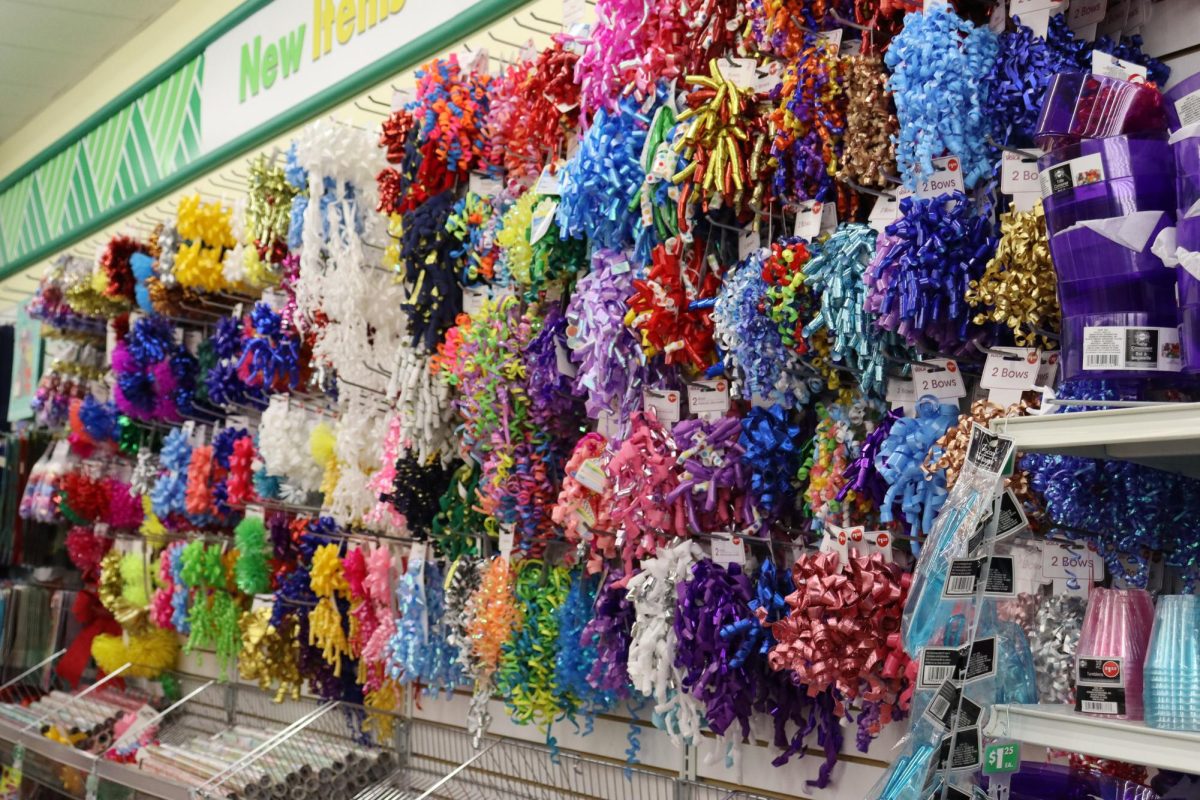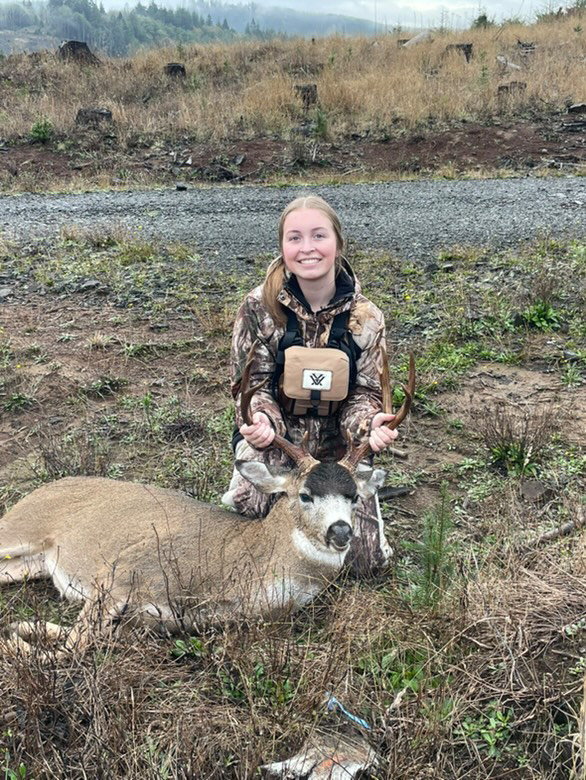Fentanyl, a powerful and synthetic opioid, has emerged as a major public health crisis, gripping the nation in a deadly grasp. In recent years, the illicit use of fentanyl has surged, leading to a dramatic increase in opioid-related deaths and prompting urgent calls for action from communities, law enforcement, and health officials.
What makes the fentanyl crisis even more concerning is its widespread presence. It’s not limited to any specific demographic or region; it affects urban and rural areas alike. Its ubiquity in the drug market has made it challenging to contain, and law enforcement are struggling to keep up.
And when it comes to fentanyl it is an equal opportunity killer, with people of all different backgrounds and ages dying every day from it.
“Fentanyl does not discriminate [to age group] at all,” said Officer Robert Scoville, the MHS resource officer who patrols the school and assists in discipline. “It will cause teenage kids all the way up to people in their 30s, 40s, or 50s to overdose.”
Fentanyl does have common medicinal uses. EMTs and doctors use it for treating severe pain, and it has helped thousands of people with cancer-related pain. However, due to the skyrocketing numbers of overdose cases each year, some people feel uncomfortable with doctor’s prescribing such a medicine, even if it is for a medically sound reason.
Luckily, fentanyl overdose can be treated effectively with the use of Narcan, also known as naloxone. Narcan is a life-saving medication, inhaled through the nostrils, that rapidly reverses the potentially fatal effects of opioids like fentanyl. But unfortunately, fentanyl has become more powerful in the recent decade.
“Compared to ten years ago where people have to use maybe two or four milligrams of Narcan,” said Chase Howerton, apprentice firefighter at the Charleston Fire Department. “Now we are seeing overdoses where people are having to use fourteen to sixteen milligrams of it just to get them back to consciousness, so the drugs are getting stronger.”
Currently, people with wicked intentions can lace candy with fentanyl, to trick children into having a high or even to sell secretly. There is also a type of fentanyl called rainbow fentanyl, which is colorful and has a candy appearance. It is specifically aimed toward teens and children–much like fruity vaping paraphernalia–and can be easily mistaken for Smarties or Nerds. These types of opioids can cause serious harm to unsuspecting young people, or those who get hooked at a young age.
The fentanyl crisis is not isolated to individuals who use the drug; it extends to those around them, as well. The addictive properties of fentanyl can strain families, friends, and communities, with the ripple effects of addiction being profound. It underscores the need for comprehensive solutions, including support systems and resources for the loved ones of those who are struggling with addiction.
“It causes them stress, worry, anxiety,” said Chad Brisco, MHS Attendance Advocate. “You know you try to get them help with these drugs and they sometimes don’t want it, and it makes it really hard for family members.”
The most dangerous part of fentanyl is that in almost instant, it can cause an overdose and kill a user; the effects of this drug can be extremely volatile.
“The largest danger is how it affects your body,” said Captain Russ Shield of the Charleston Fire Department. “It starts shutting everything down because it depresses your body. And people tend to overdose very quickly, because there is no true measurable amount.”


